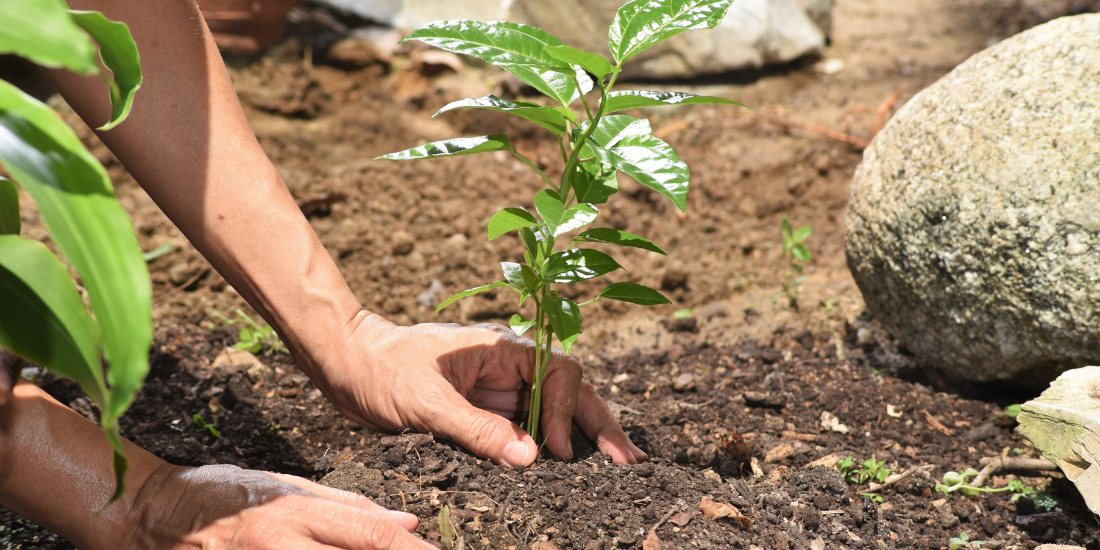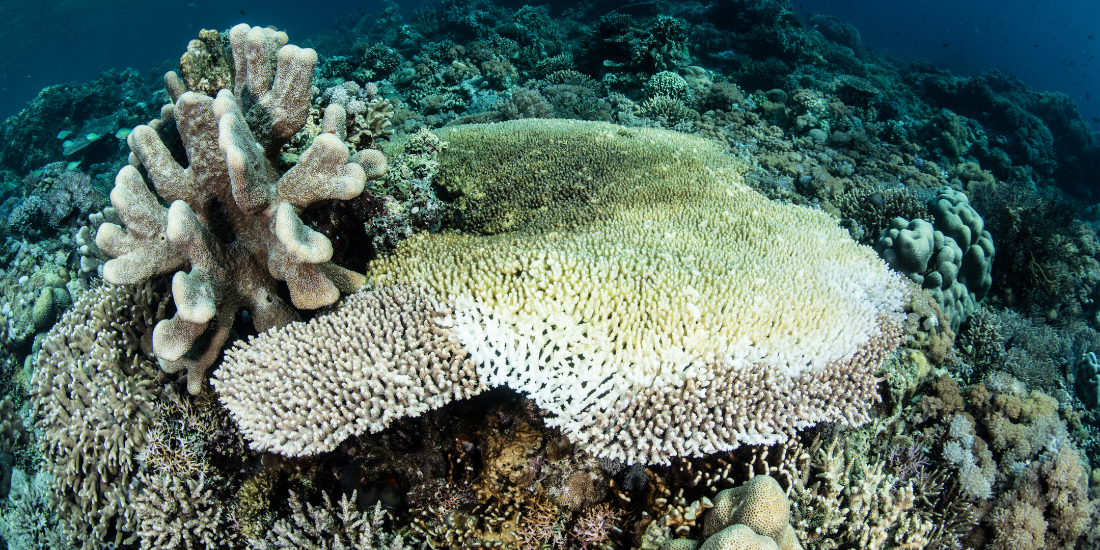The carbon cycle is one of Earth’s most important biogeochemical cycles. It involves the continuous movement of carbon between the atmosphere, land, ocean, and living organisms. This natural system plays a critical role in regulating the planet’s temperature and supporting life.
But how exactly does it work—and why is it under threat from human activities?

What is the carbon cycle?
The carbon cycle describes how carbon atoms travel through various Earth systems over different time scales. Carbon moves between the atmosphere, terrestrial ecosystems, oceans, and sedimentary rocks through a mix of natural processes and biological processes.
This cycling of carbon includes two key phases: the short-term carbon cycle, involving organic matter and living organisms, and the slow carbon cycle, which plays out over thousands or even millions of years through geological forces like volcanic eruptions, the rock cycle, and sedimentary deposition.
Carbon exists in many forms—like inorganic carbon in rocks, or as a form of carbon dioxide in the air. The Exchange of carbon dioxide between the Earth’s systems maintains the delicate balance that makes our environment habitable.
The biological processes: Photosynthesis, respiration, and decomposition
At the heart of the carbon cycle are biological processes that take place in carbon plants, microbes, and animals. These include:
- Process of photosynthesis: Plants, algae, and some bacteria absorb carbon dioxide gas from the atmosphere. Using sunlight, they transform it into glucose, storing it as plant matter. This is the gateway for carbon into terrestrial ecosystems.
- Cellular respiration: Living organisms, including plants, use glucose for energy. During this process, they release carbon dioxide gas back into the atmosphere or ocean.
- Decomposition: Dead organic matter is broken down by bacteria and fungi, releasing quantities of carbon into soil, air, or water. This supports the growth of new plants, continuing the cycling of carbon.

Carbon and the environment: Why the cycle matters
Greenhouse gases like carbon dioxide gas trap heat in Earth’s atmosphere. While this is natural and necessary, excess greenhouse gas emissions—mainly from anthropogenic activities such as burning of fossil fuels—disrupt the carbon cycle and accelerate global warming.
The rise in atmospheric carbon dioxide is no small matter. We're talking gigatons of carbon added to the atmosphere every year, dramatically increasing concentrations of carbon dioxide and affecting the planet’s environment over long periods of time.
The ocean’s role in the carbon cycle
The oceanic carbon cycle is a vast and complex system. Oceans are a major carbon sink, absorbing up to 30% of anthropogenic carbon emissions through direct chemical exchange.
Once in the ocean, carbon dioxide gas reacts with water to form carbonic acid, which lowers the pH and makes acidic waters. This acidification threatens marine ecosystems, especially coastal ecosystems like coral reefs, which support thousands of species. Warmer ocean temperatures only make things worse by reducing how much carbon dioxide can be stored in surface waters and the deep ocean.
The water column in the coastal ocean and open sea holds vast amounts of carbon, but if this extra carbon dioxide keeps increasing, it disrupts food chains, destroys habitats, and weakens the ocean’s ability to function as a carbon sink.
The slow carbon cycle: Rocks, volcanoes, and geological time
Over longer time scales, the slow cycle moves tons of carbon between sedimentary rocks, fossil fuels, and the atmosphere. Volcanic activity, for example, releases forms of carbon trapped deep underground. Meanwhile, the weathering of rocks slowly pulls carbon dioxide out of the air and stores it in ocean sediments.
Read more: Carbon footprint measurement: a practical guide
This geological dance plays out over periods of time we can barely comprehend—but it’s just as crucial for regulating carbon dioxide concentrations as the daily activities of plants and animals.
What we can do—and how DGB helps
While the carbon cycle is naturally dynamic, today’s anthropogenic activities have accelerated disruptions at an unprecedented scale. But with the right action, we can restore balance.
At DGB Group, we’re committed to protecting and enhancing nature’s own systems—turning terrestrial ecosystems into long-term carbon sinks, restoring forests, and reviving coastal ecosystems that store tons of carbon in plants, soils, and sediments.
Through our large-scale nature-based projects, we remove carbon dioxide gas from the atmosphere and lock it away in plant matter and healthy soils. Every project we develop is designed to generate measurable, high-quality carbon credits, supporting companies and individuals in offsetting greenhouse gas emissions while restoring biodiversity.
Whether you’re a business looking to support real-world impact or an individual eager to reduce your footprint, the first step is understanding your carbon impact. That’s where our carbon calculator comes in.




